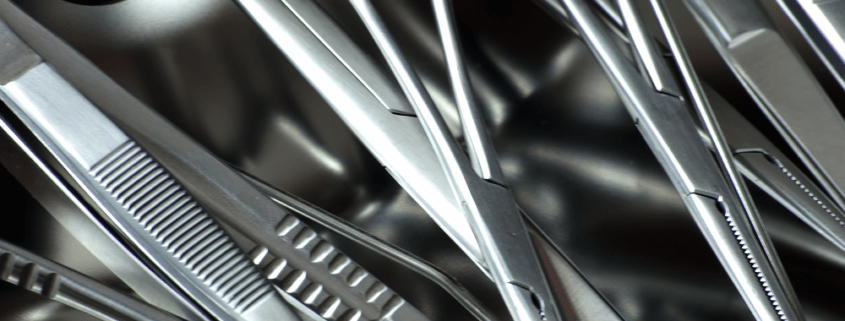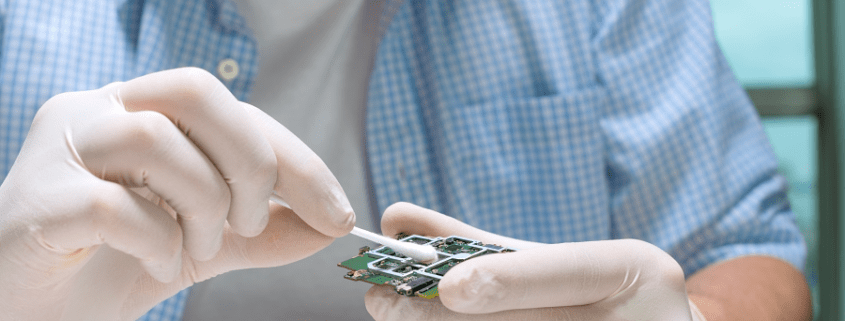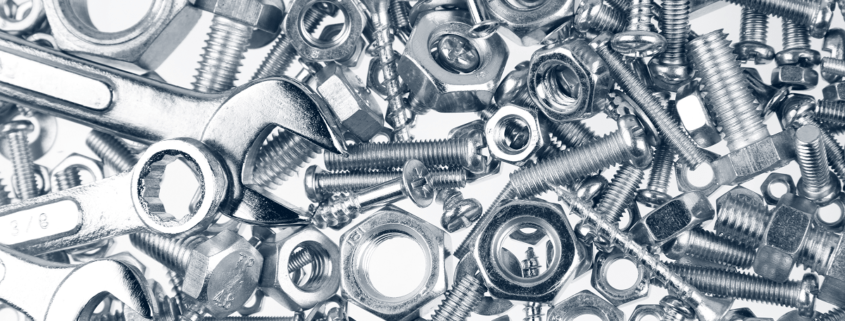How to Replace TCE Vapor Degreaser in 4 Steps
TCE vapor degreaser works like a charm, so why would you want to replace it? If you’re in the position of most companies and organizations that plan to replace TCE vapor degreaser, the reason is twofold: Chemicals TCE contains are toxic to humans and natural ecosystems.
This is why the Environmental Protection Agency (EPA) is taking steps that appear headed toward the official ban or heavy regulation of TCE. Right now, TCE users are in the position to voluntarily replace TCE vapor degreaser or replace it by legal precedent when regulations kick in. According to senior EPA officials, voluntary replacement is the most hassle-free, cost effective option.
According to Wendy Cleland-Hamnett, director of the EPA Office of Pollution Prevention and Toxics (OPPT), “Voluntary efforts are frequently quicker and more cost-effective than regulations … But where we can’t do it through voluntary efforts, we will pursue regulations.” Below are four simple steps that you can take to replace TCE vapor degreaser voluntarily.
- Choose a Provider of Eco Friendly Degreasers
Specifically, focus on choosing a provider of “environmentally safe” and “environmentally prefered” cleaners. Solvents that fall under one of these classifications are virtually guaranteed to remain free of EPA regulations. You can depend on using an environmentally safe or an environmentally prefered TCE replacement for many years to come.
- Select a Provider of Stock and Custom Solutions
Selecting a provider that offers both stock and custom cleaners gives you the widest range of TCE replacement options. There’s good chance you can find a stock solvent that meets your requirements. If not, working with a provider of custom solvents brings the opportunity to acquire a unique solution that’s tailored to your needs.
- Receive Technical Assistance from the Provider
After you identify a provider, request assistance with replacing your TCE degreaser, as needed. Examples of important information the provider can offer includes: solvent and parts washer compatibility, safety measures that should be taken with a particular solvent, and emissions per volume based on how the solvent is used, to name just a few.
- Request a Free Test Sample of the Replacement
Not all providers offer this option, but those that do generally offer the highest level of customer service. For example, Ecolink supplies free test samples of all of our products. Simply request a product sample through our website, and see for yourself how the cleaner performs. After you observe the results, you can make a highly educated buying decision.
Contact Ecolink Today
TCE has worked well as an industrial degreaser for many years, but its chemical safety profile is too dangerous to workers and the environment to remain unregulated. The regulations may be an impediment to TCE users right now, but they’re ultimately a blessing. When you replace TCE vapor degreaser with a safer solution, you become a better steward to your workers and the environment.
Ready to replace TCE vapor degreaser? Call us today at 800-563-1305, or use our contact form. We look forward to presenting TCE replacements that are safer but just as efficacious as TCE.





